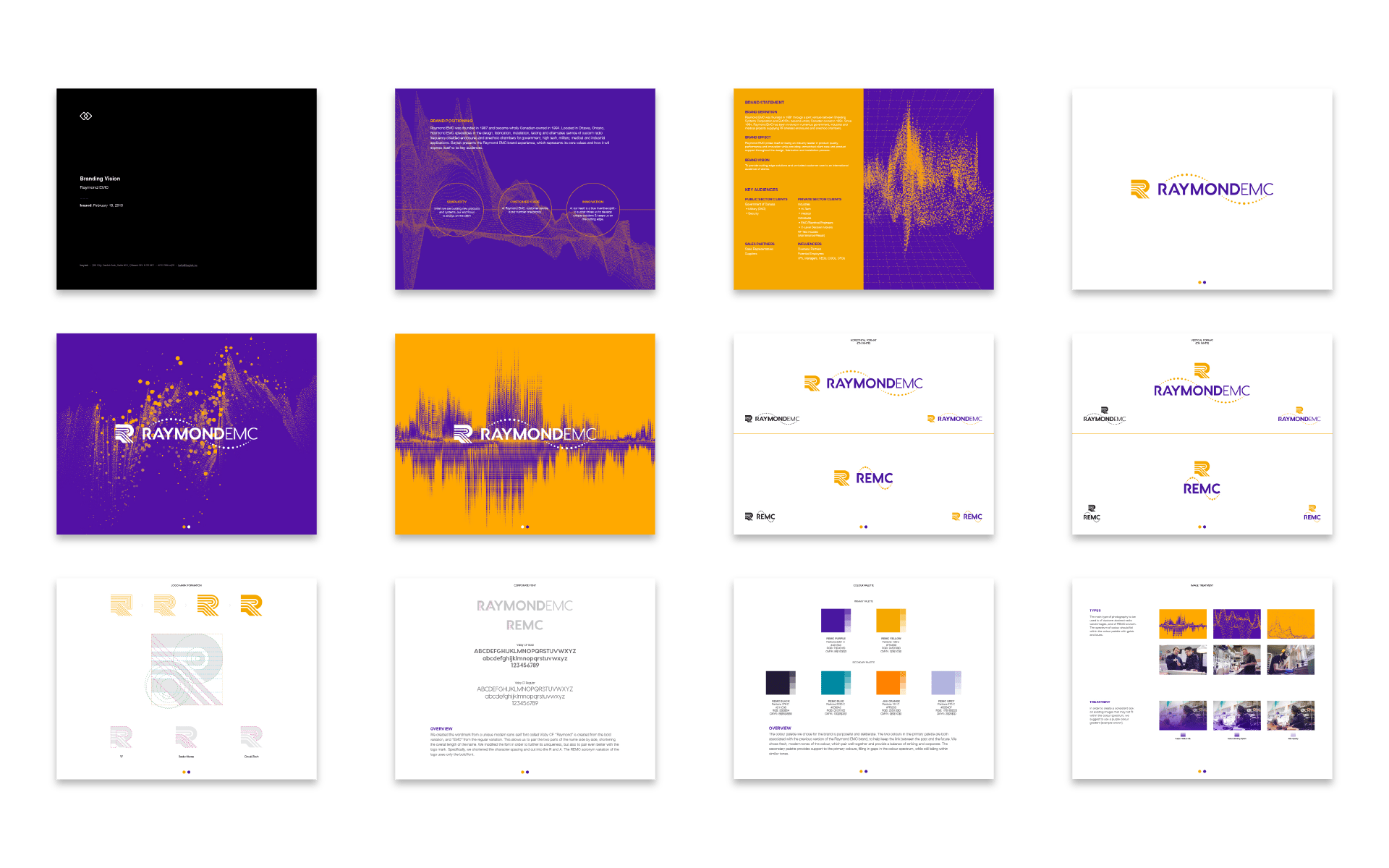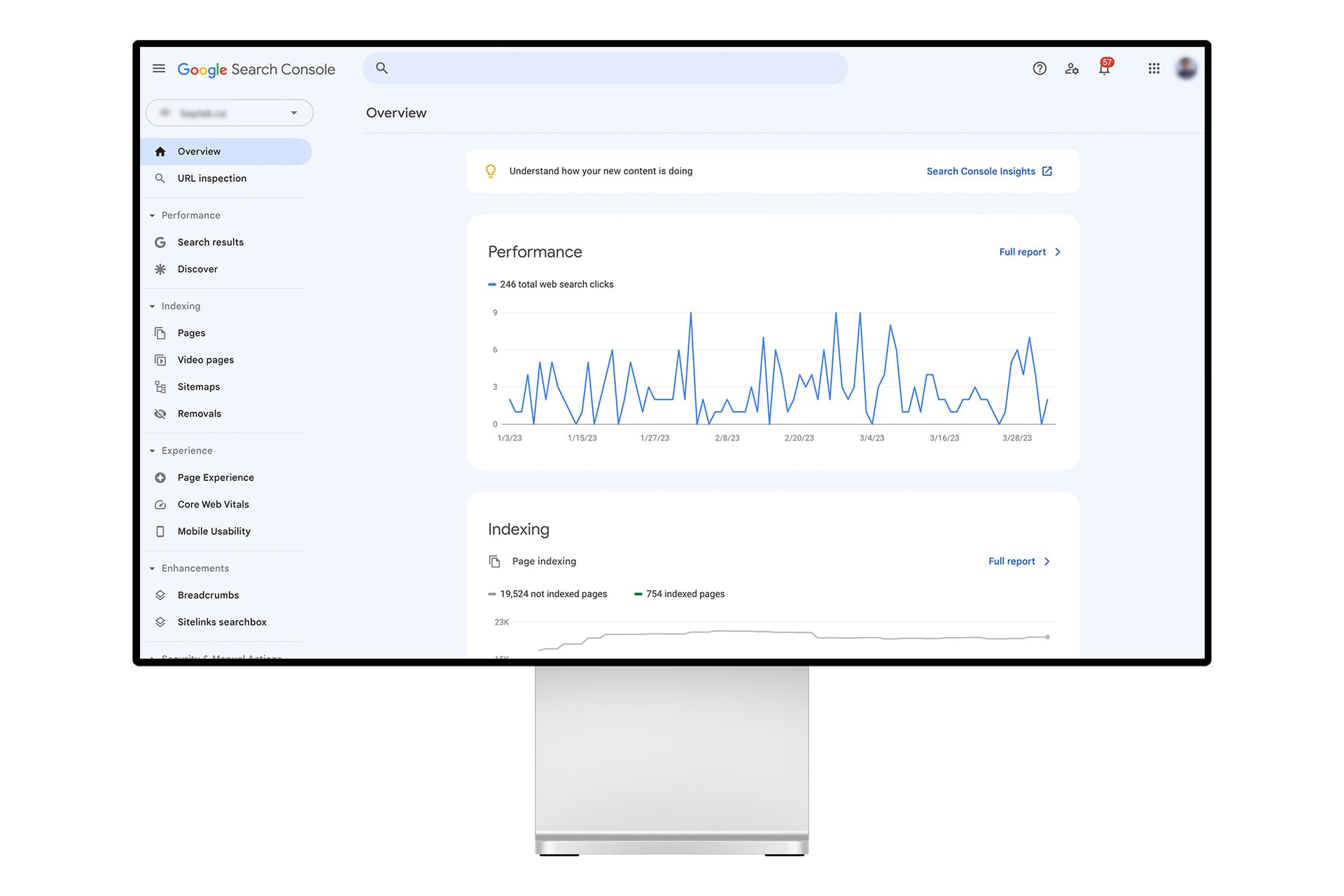In the age of information overload, many in marketing and communication roles face a challenge. They must manage multiple communication channels effectively and efficiently, including everything from websites and social media platforms to email campaigns and traditional media. It is crucial to keep everything in check to ensure a consistent and successful brand presence.
In this article, we’ll explore tips, tools, and actionable steps to help you master the art of multichannel communication. We will also discuss the benefits of partnering with a web design or branding agency to alleviate some of the burden. At Baytek, we’ve worked with many directors and managers in marketing and communications over the years. From this experience, we see clear benefits to applying the strategies outlined below.
1. Develop a Comprehensive Communication Plan
A well-structured communication plan is like a compass guiding you through the labyrinth of multichannel communication. To start, identify your organization’s goals, target audience, key messages, and relevant communication channels. Establish a content calendar to schedule and plan content across channels, ensuring that your audience receives regular updates.
64% of those who say their organization is very or extremely successful with content marketing have a documented content marketing strategy. (source – Content Marketing Institute)
Actionable Steps:
- Set clear objectives for each communication channel.
- Identify target audiences and tailor content accordingly.
- Create a content calendar to schedule and plan content across channels.
- Consider partnering with a web design or branding agency to supplement your team and reach your communication plan’s goals.

|
Above is an example of a key message for our client BYBS. Key messages are an important part of your communication strategy. You can read the full BYBS case study here. |
2. Establish a Clear Brand Identity
Consistency is vital in multichannel communication. A strong brand identity helps audiences recognize your organization across different platforms. Develop brand guidelines that cover logo, colors, typography, and tone of voice.
Consistent branding can increase revenue by 33% (source – Marq).
Actionable Steps:
- Develop brand guidelines, including logo, colors, typography, and tone of voice.
- Utilize online platforms (like Frontify or Lingo) to host your brand guidelines. This is especially important if outside vendors need access to your guidelines, templates or a photo bank.
- Ensure all communication materials adhere to the brand guidelines.
- Collaborate with a branding agency to create a strong, consistent brand identity across all channels.

|
A brand guidelines document (or online version). Key messages are an important part of your communication strategy. You can read the full Raymond EMC case study here. |
3. Leverage Content Management Systems (CMS)
Content management systems (CMS) like WordPress, Drupal, and Joomla streamline the process of managing content for your website and other channels. A CMS can save time and improve consistency across platforms. Our recommendation would be to utilize WordPress as it is user-friendly, extremely flexible, and has a massive developer base.
WordPress is used by 43.2% of all websites on the internet. (source – W3Techs)
Actionable Steps:
- Choose a CMS platform that suits your organization’s needs (e.g., WordPress, Drupal, or Joomla).
- Integrate your CMS with other communication channels (e.g., social media, email marketing platforms).
- Seek assistance from a web design agency to optimize your CMS for seamless integration and improved user experience.

4. Utilize Social Media Management Tools
Managing multiple social media accounts can be overwhelming. Tools like Hootsuite, Buffer, and Sprout Social are designed to bring these channels under one roof. They can help you schedule and publish content across platforms, track engagement, and monitor mentions of your organization.
Actionable Steps:
- Select a social media management tool that meets your organization’s requirements (e.g., Hootsuite, Buffer, or Sprout Social).
- Schedule and publish content across multiple platforms from a single dashboard.
- Monitor engagement and track mentions of your organization to inform your content strategy.

|
Most social media management tools have mobile apps so you can access your data on the go. |
5. Automate Email Marketing Campaigns
Email marketing platforms like Mailchimp, Constant Contact, and SendinBlue can help automate your email campaigns and track their performance. These tools can assist with audience segmentation, scheduling, and measuring results.
The average ROI for email marketing is $42 for every $1 spent (source – Litmus)
Actionable Steps:
- Choose an email marketing platform that fits your organization’s needs and budget (e.g., Mailchimp, Constant Contact, or SendinBlue).
- Segment your audience to tailor content and improve engagement.
- Schedule and track the performance of your email campaigns to optimize future efforts.

|
Read our article entitled “Email Newsletter – Set and Forget” for further details. |
6. Monitor and Analyze Metrics
Tracking and analyzing performance metrics is essential for optimizing your multichannel communication strategy. Google Analytics, Emplifi, and HubSpot are examples of tools that can provide insights into the effectiveness of your campaigns. Use this data to make informed decisions and adjust your strategy accordingly.
“Measurement is like laundry. It piles up the longer you wait to do it.”
– Amber Naslund, co-author of The NOW Revolution.
Actionable Steps:
- Implement analytics tools to track the performance of your communication channels (e.g., Google Analytics, Emplifi, HubSpot).
- Regularly review and analyze data to identify trends and areas for improvement.
- Adjust your communication strategy based on the insights gained from the data.

7. Partner with a Web Design or Branding Agency
Collaborating with a web design or branding agency can significantly enhance your organization’s multichannel communication strategy. These agencies can provide expert guidance and resources to ensure your campaigns align with your goals and brand identity. Additionally, they can use their experience to offer innovative ideas and solutions that your inhouse team might not have thought of.
“Design is the silent ambassador of your brand.”
– Paul Rand
Actionable Steps:
- Research and select a web design or branding agency that aligns with your organization’s values and goals.
- Establish clear objectives and expectations for the partnership.
- Collaborate closely with the agency to develop and implement your multichannel communication strategy.

Conclusion
Managing multiple communication channels effectively and efficiently can be a daunting task. However, with the right tools, strategies, and partnerships, it’s entirely achievable. If you follow the strategies laid out in this article, you can streamline your processes and achieve your communication goals. So, go forth and conquer the multichannel communication realm!
Did you find this article helpful?
Stay updated on the latest industry insights, how-to guides, and expert opinions by following our LinkedIn page. Don’t miss out on valuable content to help you stay ahead in your field.
